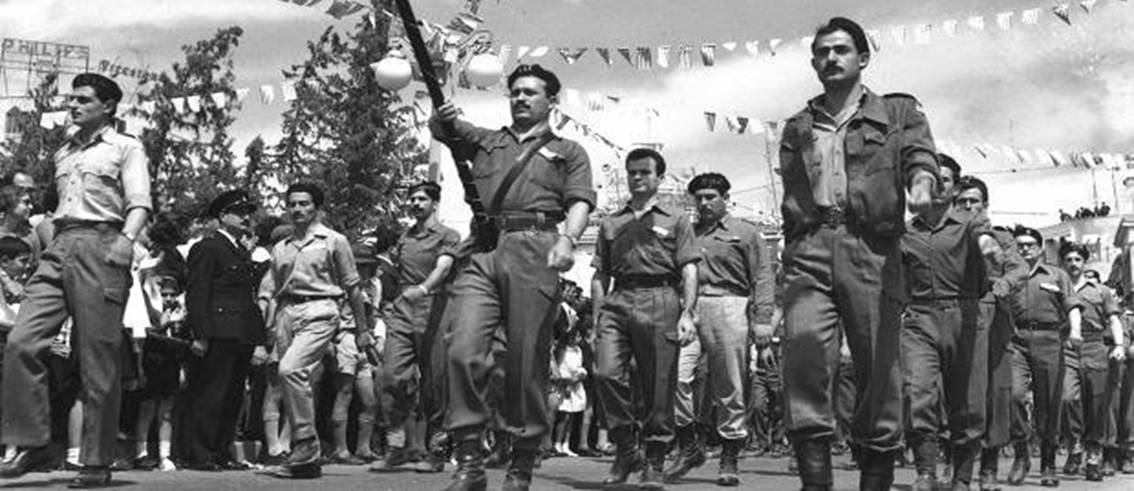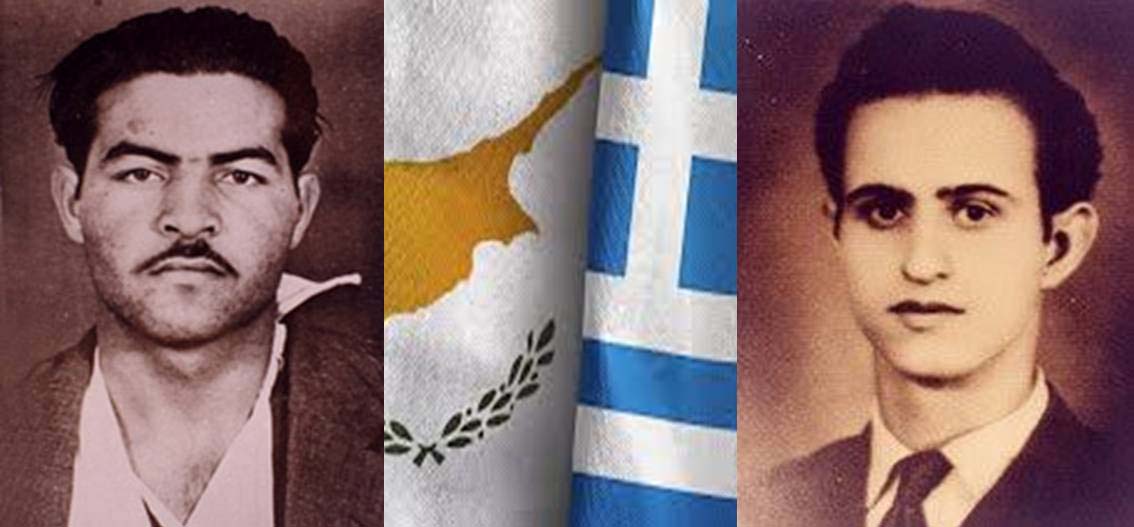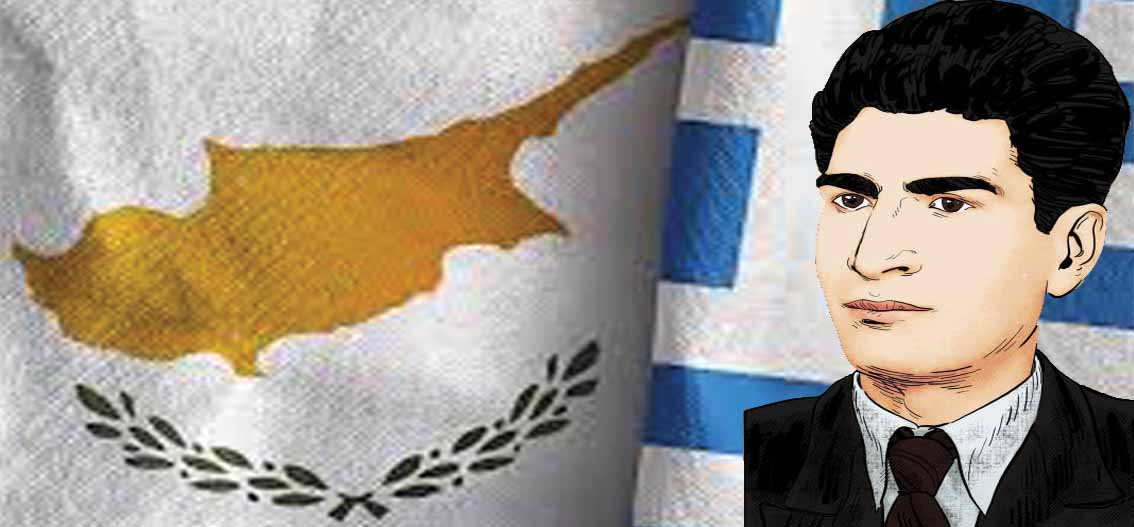The History of Cyprus Since 1955
The History of Cyprus Since 1955. Cyprus, a Mediterranean island with a rich history, has been a focal point of geopolitical and ethnic tensions since 1955. This period highlights the island’s complex political landscape, shaped by colonial struggles, ethnic conflicts, and ongoing peace efforts. The story of Cyprus is one of nationalism, division, and diplomacy, with the island still divided today.
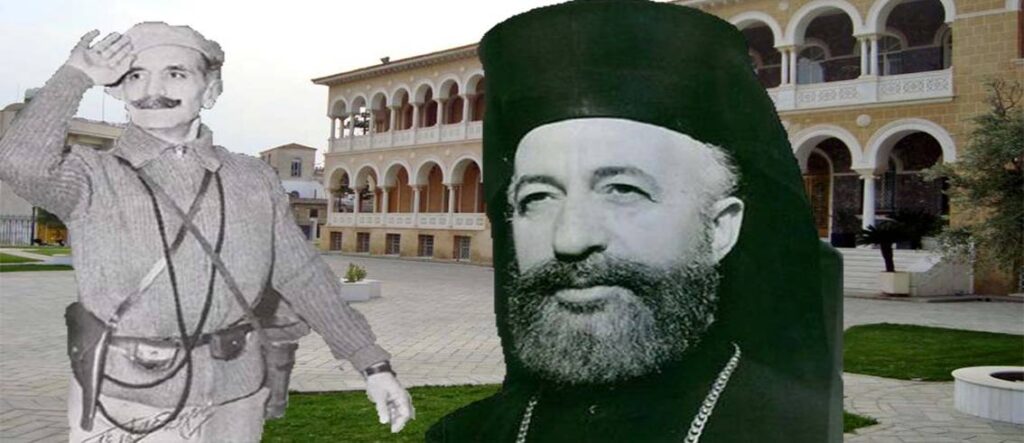
The Anti-Colonial Struggle and Independence (1955-1960)
In 1955, the fight against British colonial rule intensified. The National Organization of Cypriot Fighters (EOKA), led by Colonel George Grivas, spearheaded the movement. EOKA, primarily composed of Greek Cypriots, aimed for Enosis (union with Greece). The British, who had controlled Cyprus since 1878, countered with a harsh crackdown, leading to widespread violence.
The conflict also deepened tensions between the Greek Cypriot majority and the Turkish Cypriot minority. Turkish Cypriots, fearing marginalization, formed the Turkish Resistance Organization (TMT). They advocated for Taksim (partition), with support from Turkey.
By 1959, negotiations involving Britain, Greece, and Turkey resulted in the Zurich-London Agreements. These agreements paved the way for Cypriot independence. On August 16, 1960, Cyprus became an independent republic. Archbishop Makarios III became the first president, and a complex constitution aimed to balance the interests of both communities.
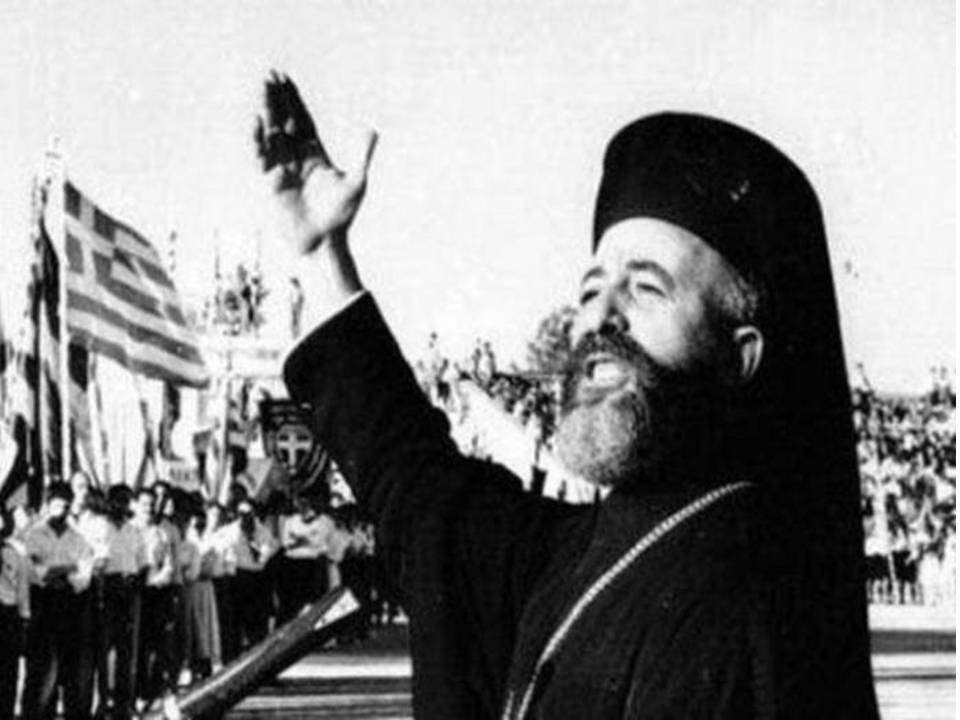
Independence and Intercommunal Violence (1960-1974)
Cyprus’s independence faced immediate challenges. The power-sharing constitution required cooperation between Greek and Turkish Cypriots, but frequent deadlocks arose. Turkish Cypriot Vice President Fazıl Küçük held veto power, which often stalled decision-making.
Key Developments in 1961:
International Recognition: Cyprus joined the Commonwealth of Nations and the United Nations in 1960 and 1961, respectively.
Domestic Struggles: The government, led by President Makarios III and Vice President Küçük, struggled to implement the power-sharing arrangement. Tensions over governance and constitutional rights persisted.
Key Figures:
Archbishop Makarios III: The first president of Cyprus and a central figure in the independence movement.
Dr. Fazıl Küçük: The first vice president, representing the Turkish Cypriot community.
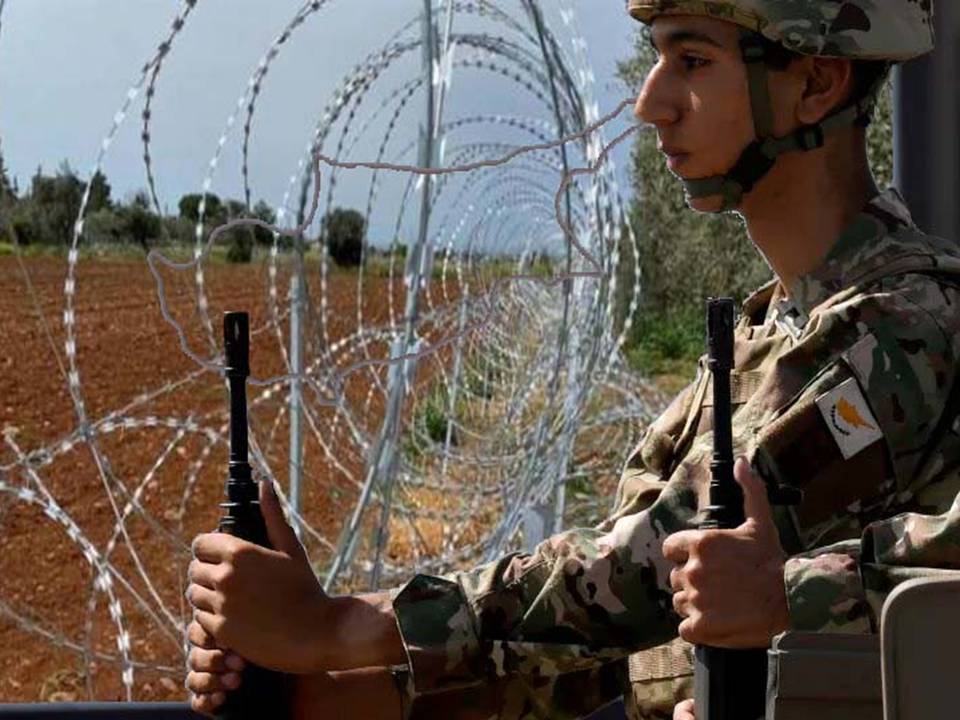
In 1963, President Makarios proposed constitutional amendments to reduce Turkish Cypriot veto power. Turkish Cypriots rejected the changes, sparking a crisis. Violence erupted during “Bloody Christmas,” forcing thousands of Turkish Cypriots to flee their homes. This marked the beginning of ethnic segregation.
The United Nations intervened in 1964, establishing the United Nations Peacekeeping Force in Cyprus (UNFICYP). Despite the UN’s presence, sporadic violence continued throughout the 1960s.
The 1974 Turkish Invasion and Division
In July 1974, a coup d’état by the Greek military junta and the Cypriot National Guard sought to overthrow Makarios and achieve Enosis. Turkey, citing its role as a guarantor power under the 1960 treaties, launched a military intervention on July 20, 1974.
The Turkish invasion, known as “Operation Attila,” resulted in the occupation of 37% of the island’s northern territory. Around 200,000 Greek Cypriots fled to the south, and 60,000 Turkish Cypriots moved to the north. The island became divided along the “Green Line,” a ceasefire line that still exists.
In 1983, the Turkish Republic of Northern Cyprus (TRNC) declared independence, recognized only by Turkey. The international community condemned the invasion and the TRNC’s declaration, but diplomatic efforts to resolve the conflict have repeatedly failed.
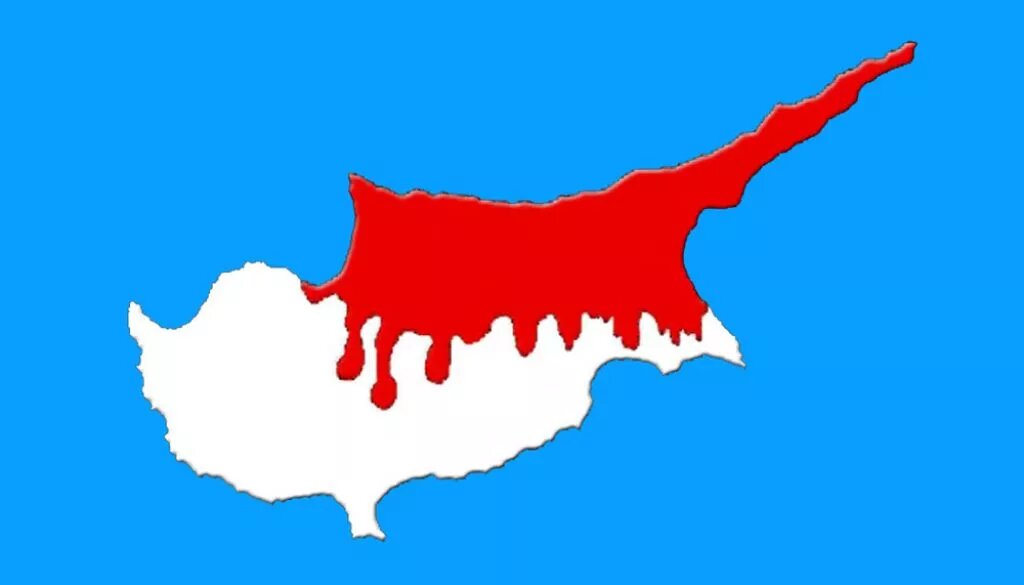
The Long Road to Reconciliation (1974-Present)
Since 1974, numerous attempts to reunify Cyprus have taken place, often led by the United Nations. However, deep-seated mistrust and differing visions for the island’s future have hindered progress.
In 2004, the Annan Plan proposed a federated solution with two constituent states under a single government. The plan was put to a referendum. Turkish Cypriots accepted it, but Greek Cypriots overwhelmingly rejected it. The failure of the Annan Plan highlighted the persistent divisions.
In 2004, the Republic of Cyprus joined the European Union, representing the entire island. However, EU laws and benefits remain suspended in the north due to the lack of government control.
The Present-Day Situation and Prospects for Peace
Today, Cyprus remains divided. The Republic of Cyprus controls the southern two-thirds of the island, while the TRNC administers the northern third. The Green Line, patrolled by UN peacekeepers, serves as the de facto border.
Key Issues:
Natural Gas Reserves: The discovery of natural gas in the Eastern Mediterranean has heightened tensions. Both the Republic of Cyprus and Turkey claim offshore resources, complicating peace efforts.

Reunification Talks: The most recent talks in 2017 in Crans-Montana, Switzerland, failed over issues like security guarantees and the withdrawal of Turkish troops.
Civil Society Efforts: Bi-communal projects and confidence-building measures have fostered some cooperation, offering hope for reconciliation.
The Present-Day Situation and Prospects for Peace
Today, Cyprus remains divided, with the Republic of Cyprus controlling the southern two-thirds of the island and the TRNC administering the northern third. The Green Line, patrolled by UN peacekeepers, serves as the de facto border between the two entities.
The discovery of natural gas reserves in the Eastern Mediterranean has added a new layer of complexity to the Cyprus issue, as both the Republic of Cyprus and Turkey have staked claims to potential offshore resourses. This has led to increase tensions between Greece, Cyprus, and Turkey, further complicating efforts to restart peace talks.
Efforts to reunify the island continue, with the most recent round of talks taking place in 2017 in Crans-Montana, Switzerland. Despite initial optimism, the negotiations broke down over key issues such as security guarantees and the withdrawal of Turkish troops from the island.

The failure of these talks underscored the deep divisions that persist between the two sides.
Nevertheless, some initiatives have fostered cooperation and dialogue between the two communities. Civil society groups, bi-communal projects, and confidence-building measures have helped to maintain a degree of interaction across the divide, offering a glimmer of hope for eventual reconciliation.
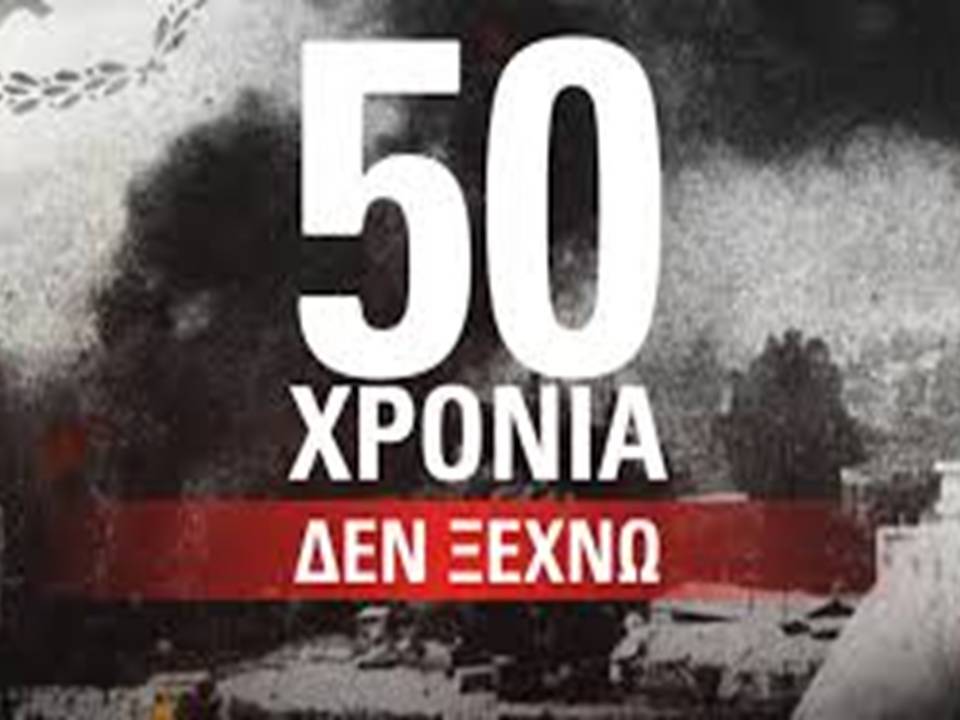
Cyprus 2024
In 2024, Cyprus will continue to be an island of significant cultural and geopolitical importance in the Eastern Mediterranean. The country remains divided between the Republic of Cyprus in the south, which is internationally recognized, and the Turkish Republic of Northern Cyprus (TRNC), which is recognized only by Turkey. This division, stemming from the 1974 Turkish invasion following a coup d’état by Greek Cypriots aiming to unite with Greece, has shaped much of the island’s modern history.
Conclusion
The history of Cyprus since 1955 reflects a story of struggle, division, and the search for peace. From the anti-colonial movement and early independence to the 1974 Turkish invasion and ongoing reunification efforts, Cyprus’s journey highlights the complexities of ethnic nationalism, international diplomacy, and geopolitical interests. While the island remains divided, the persistent efforts of Cypriots and the international community keep the dream of a united Cyprus alive. The future depends on bridging differences and building a shared vision for peace and prosperity.
You May Also Like This
Memorial Service for Grigoris Afxentiou: https://anatolikilemesou.com/?p=6647

